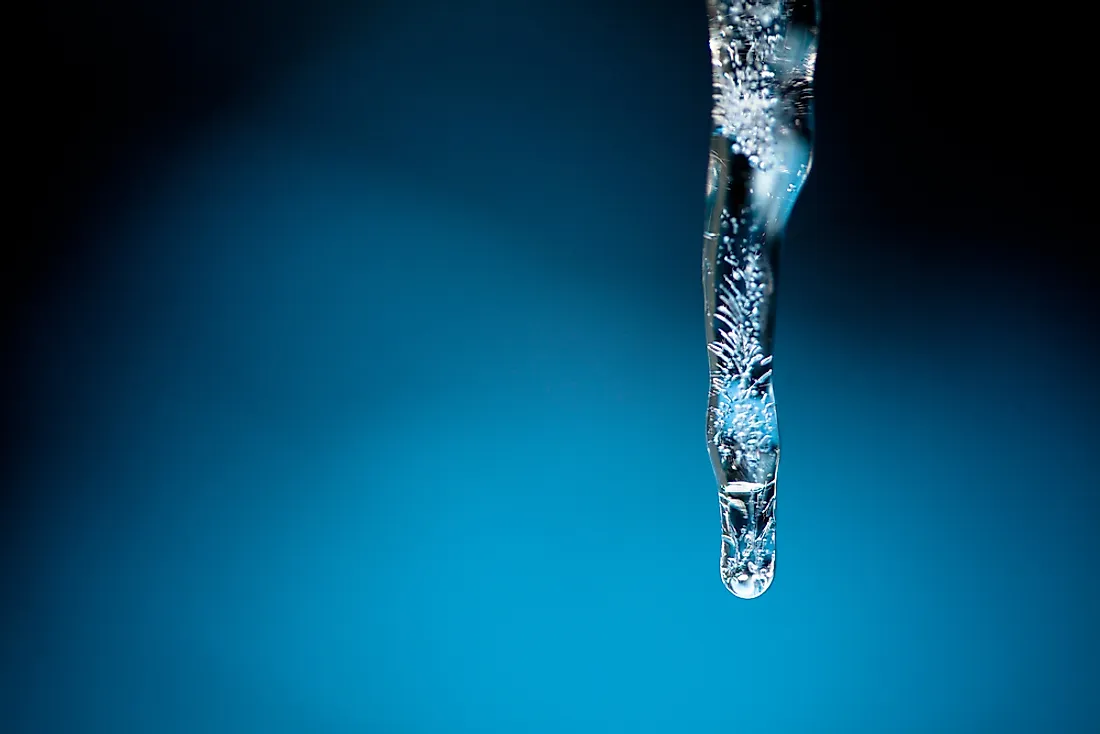What is the Freezing Point in Fahrenheit?

What is the Freezing point in Fahrenheit?
Temperature is a key aspect of everyday human life; doctors use it to determine the health conditions of their patients, meteorologists use it to forecast the weather conditions, and nuclear physics make temperature readings in nuclear plants to prevent overheating. Thermometers are used to determine the temperature and depending on the scale reading used, one can ascertain whether the temperature is low, optimum, or high. The Celsius scale (°C) is the most common temperature scale and is used in different parts of the world, the Fahrenheit scale (°F) is common in the United States and the Caribbean countries while the Kelvin scale (K) is common among physicists.
The Fahrenheit Scale
The Fahrenheit scale is named after Daniel Gabriel Fahrenheit, an Amsterdam-based German physicist who began developing the scale in 1724. Initially, Fahrenheit designed the scale with two points; he placed the thermometer in a mixture of ammonium chloride, water, and ice to determine the zero mark while the second point of 96 degrees was determined by the human. Body's temperature. Two points define the contemporary Fahrenheit scale, the freezing point of water which is set out as 32 °F and the boiling point of water which is set at 212 °F. The difference between the freezing and boiling points of water is 180 degrees apart unlike in the Celsius scale where the two points are 100 degrees apart.
The Usage of the Fahrenheit scale
The scale was adopted as the standard measurement of temperature, especially by medical, industrial and weather professionals. By early 1970s much of the world had adopted the Celsius scale except the United States and its territories. Goods made for the American market are expressed in Fahrenheit unlike in Canada where the law required both units to be used. In Europe is it mandatory to use Celsius when quoting the temperature but Fahrenheit and Kelvins can be used as supplementary units.
Converting Between Celsius and Fahrenheit Scales
The difference between the freezing and the boiling point is 180 degrees on the Fahrenheit Scales while the same points are represented by a 100-degree difference on the Celsius scale. While a degree is represented as 1⁄180 and 1⁄100on the Fahrenheit and Celsius scales respectively. Therefore, 1 °F is equal to 5⁄9 degrees Celsius. The scales intersect at the at −40° which translates to −40 °F = −40 °C. The absolute zero temperature is represented as −273.15 °C or −459.67 °F. To convert;
- Fahrenheit to Celsius; Subtract 32 from the given °F, multiply the result by five and divide by 9.
- Celsius to Fahrenheit; Multiply the °C, divide by result by 5 and add 32.
The exact conversion formulae are represented as:
f °Fahrenheit to c °Celsius: (f − 32) °F × 5°C/9°F = (f − 32)/1.8 °C = c °C
c °Celsius to f °Fahrenheit: (c °C × 9°F/5°C) + 32 °F = (c × 1.8) °F + 32 °F = f °F
From the formula above, the boiling point of water is concluded to be 212 °F which translates to 100 °C. The body temperature is 98.6 °F or 37 °C, the room temperature 68 °F or 20 °C while the freezing point of water was determined to be 32 °F or 0°C.











